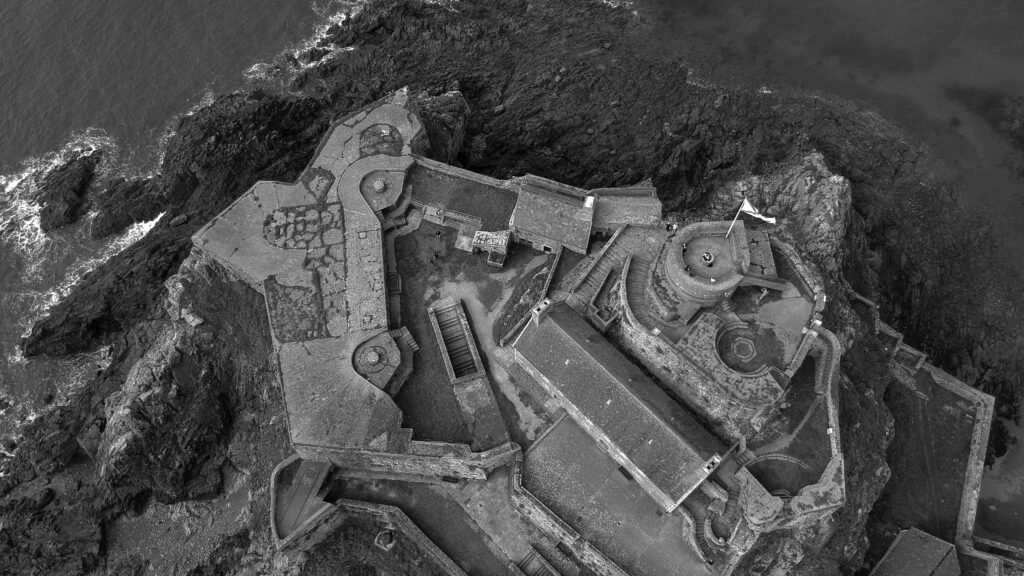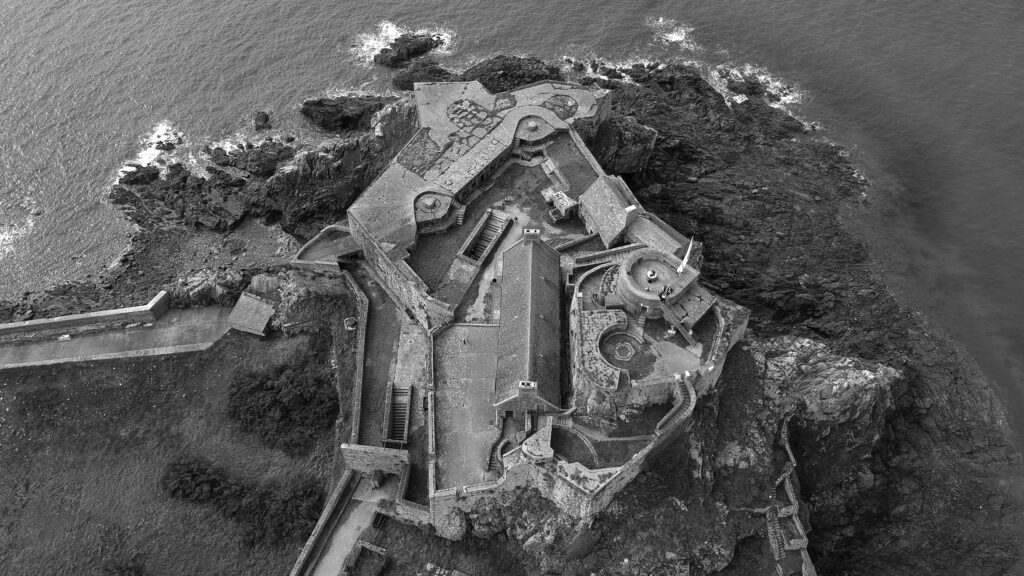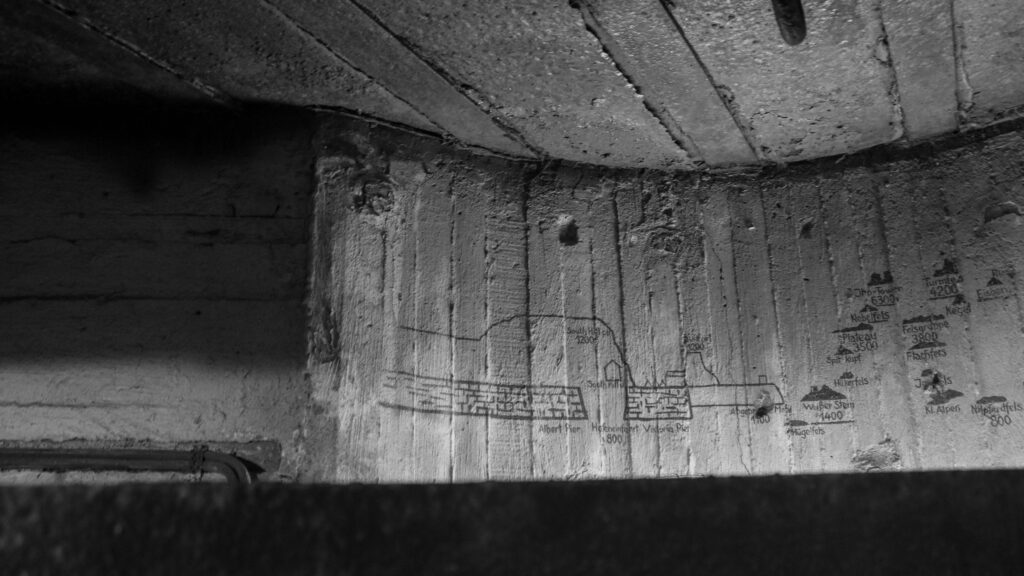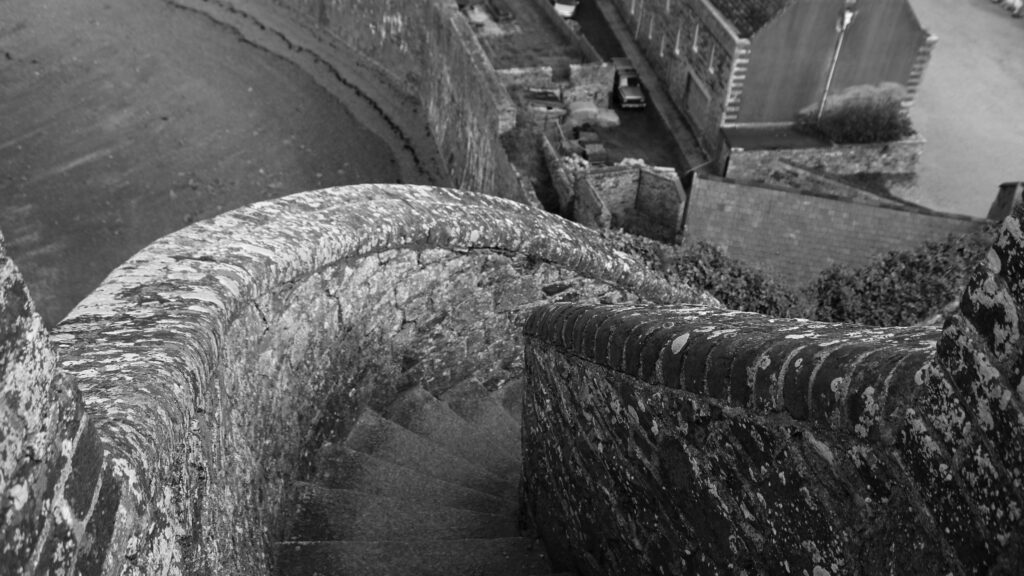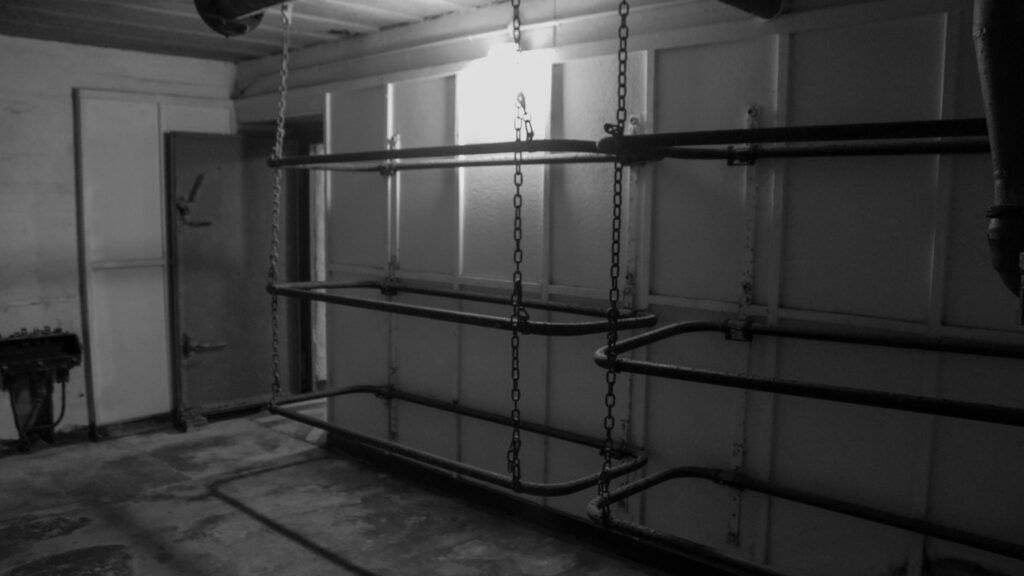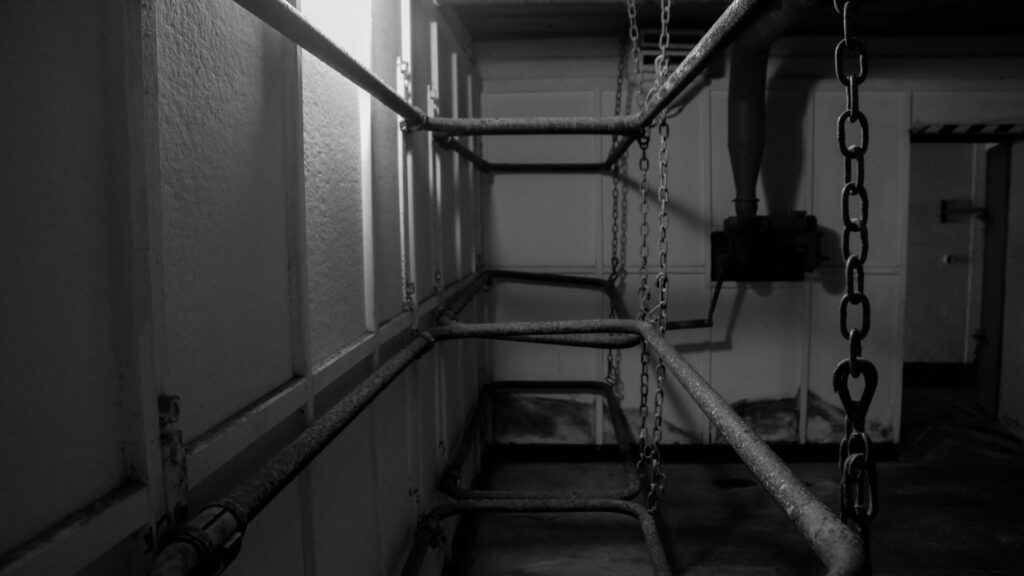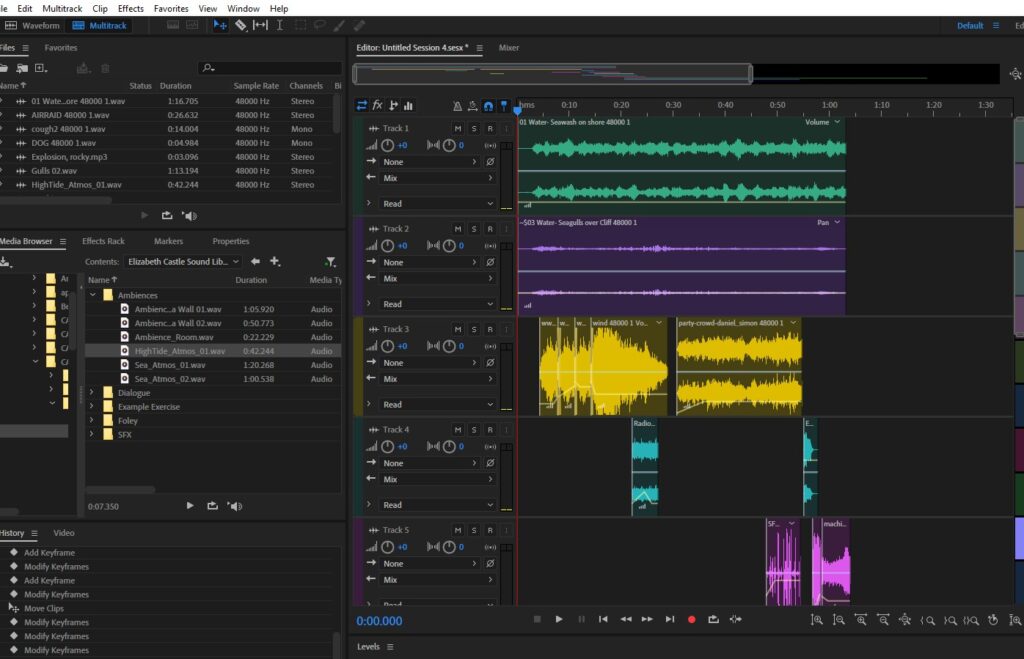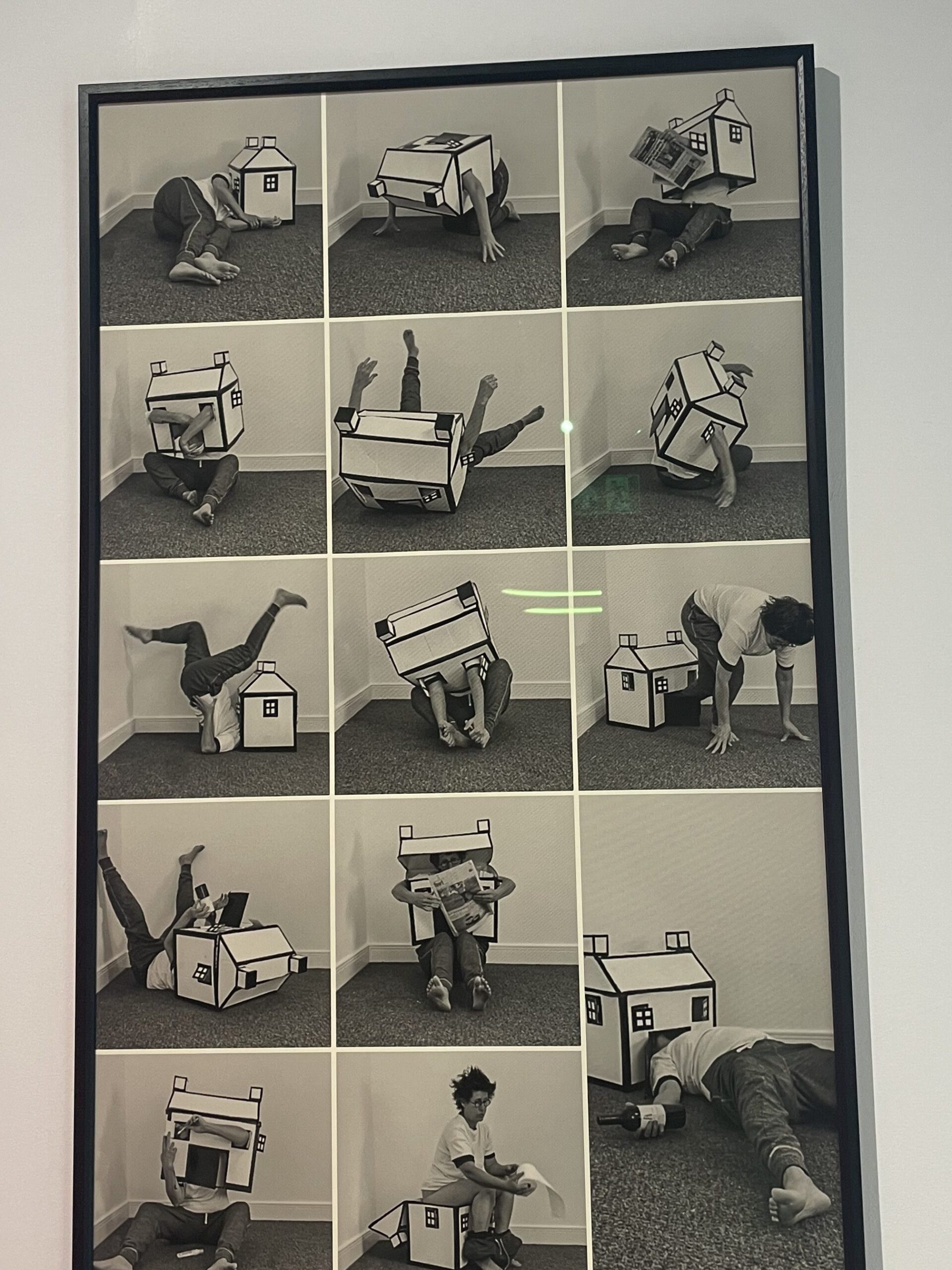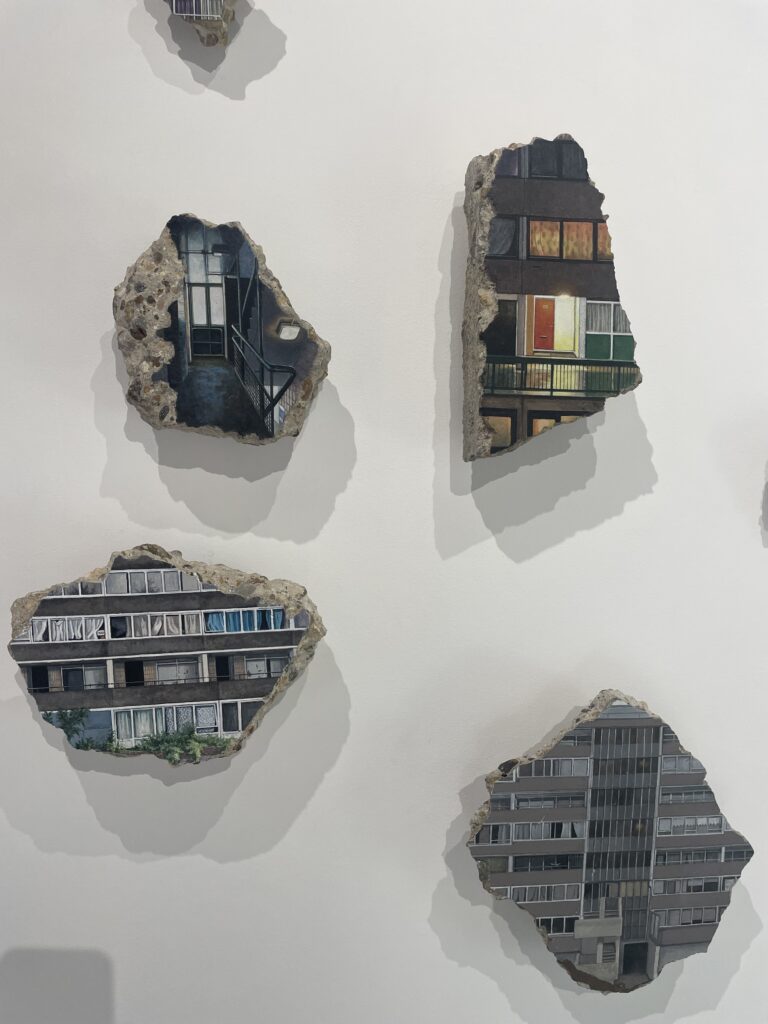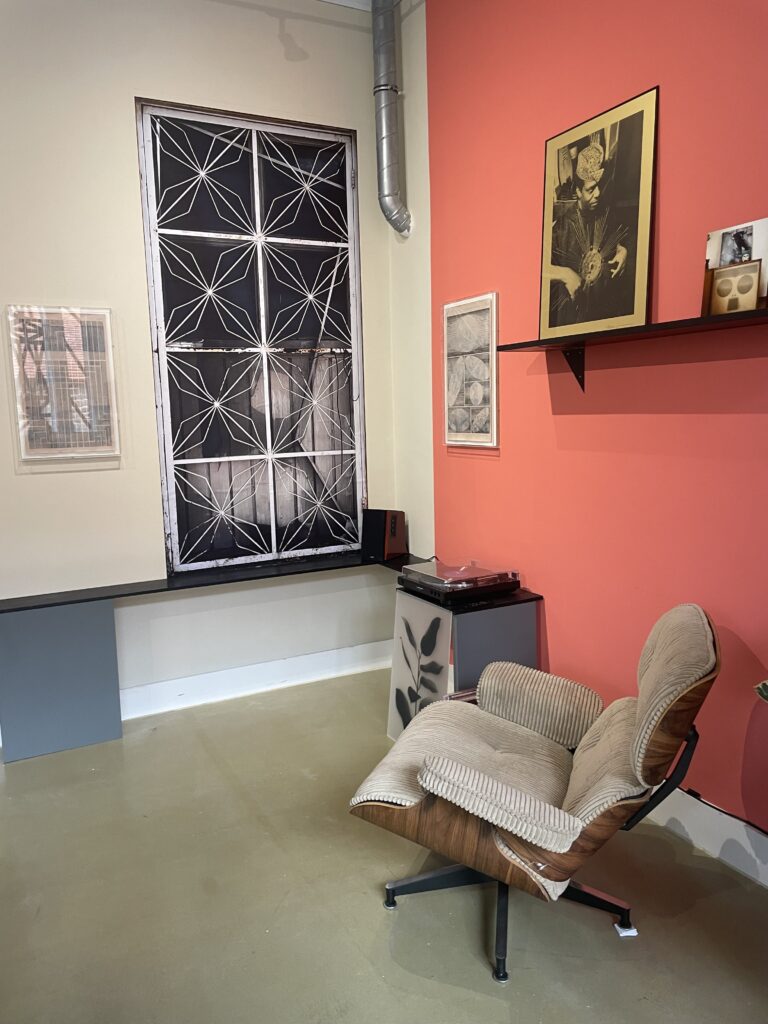Anthropocene:
One of my favourite topics that I have shot during this course has been Anthropocene. I decided to focus my shoot on car light pollution. I thought this would fit the theme of Anthropocene well, as it focuses on how the world has been altered through human impact. Due to the vast amount of people who drive cars, toxic fumes are released into the air impacting on wild life and the environment. I decided to do this photo shoot during rush hour in the week in order to get images with the most amount of cars in. I also had to wait for the sun to set for around 5:30pm to gain the highest quality images for the lights. To create a light trail, i kept my IOS as low as possible, changed my shutter speed to around 60 seconds long, and finally, i changed my aperture to around F/16.





For this photoshoot I took inspiration from a British photographer MSH*. MSH* captures the hectic moments of rush hour in London by using slow shutter speeds/ long exposures which creates light trails. Although there is not a lot of information on this photographer I took inspiration from his images. The photos I have created are quite calm images however, the light trails create a sense of urgency and rush.
Below are some inspiration images that I based my project on:


Femininity:
Another theme that I thoroughly enjoyed the process to was Femininity. My main inspiration for this photoshoot was Justine Kurland’s ‘Girl Pictures’ book. I believe that this book defines feminism very well due to every photo being very unique and capturing different types of people.
Justine Kurland’s Girl pictures bring a sense of nostalgia. Every girl in each photo have their own story however come together to live a similar lifestyle. They live without a care in the world, and are truly living their teenage years. Therefore many of the images in Girl Pictures were taken outside in locations that feel desolate or easy to overlook. They are often staged under bridges or beyond fences or on the sides of highways; places that feel synonymous with warnings. The privacy of the overpass is also potent with all the stories we’ve heard of women getting hurt in such places.
This was my mood board for the photo shoot:

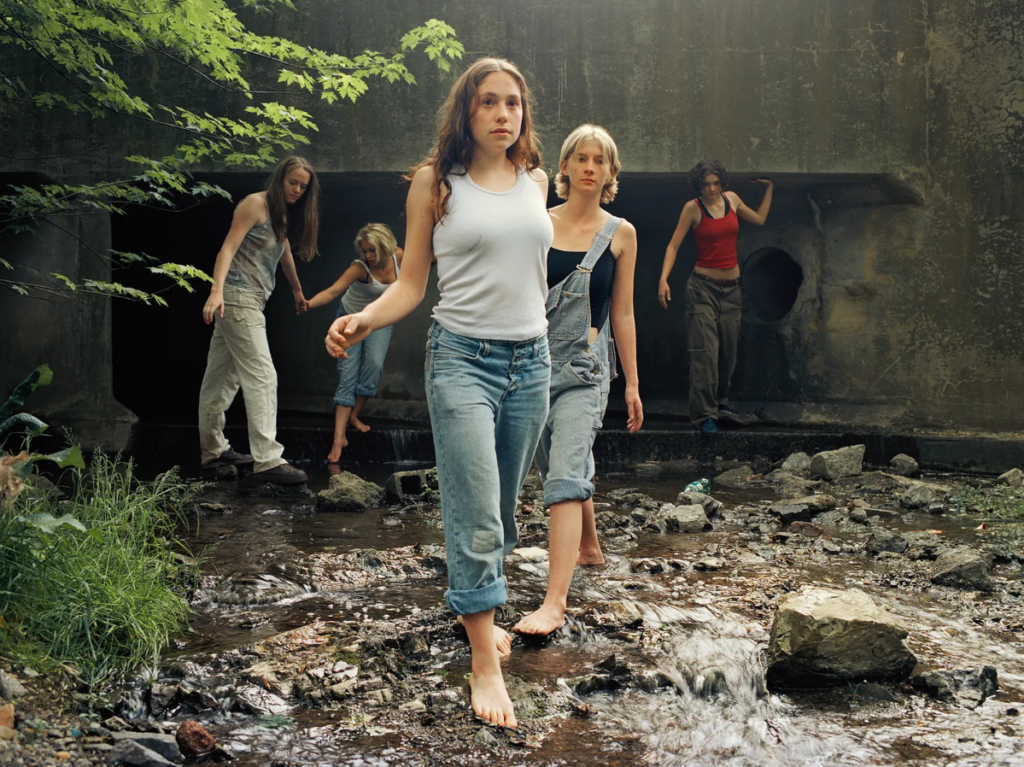
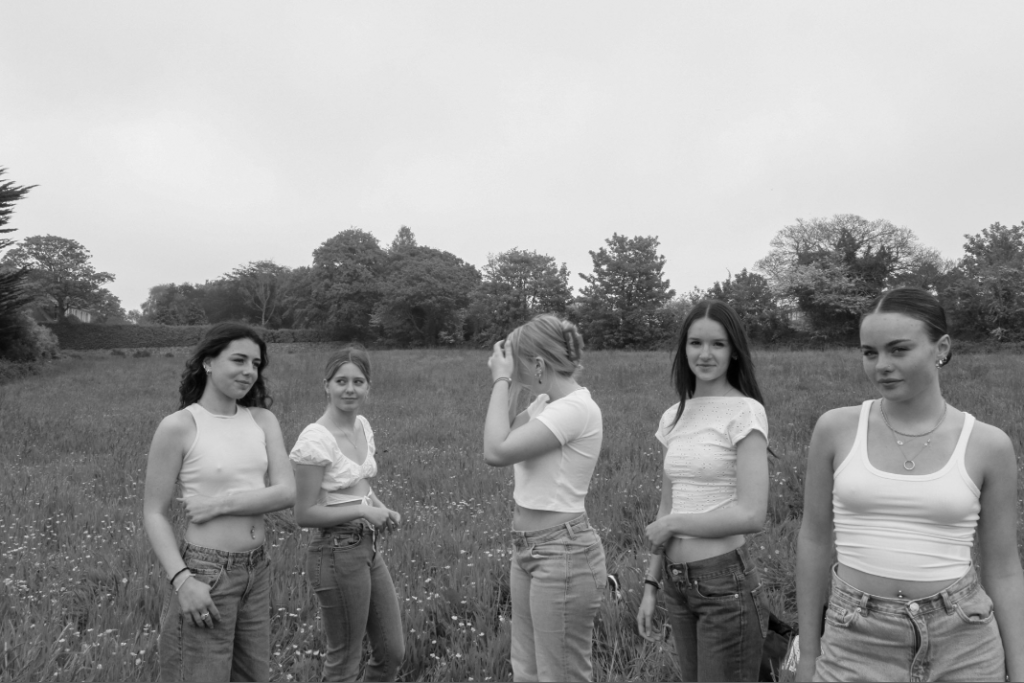
Justine Kurland’s ‘the wall 2000’ was my reference image for this comparison as it has some similarities but also many differences. one of the similarities being how two subjects are looking into the camera and the other three subjects, further away from the camera aren’t looking towards it. However, a difference is the locations of the two images, although both images are clearly taken outdoors my interpretation has an open field behind it. Whereas in the reference photo, the wall creates a feeling that the girls are trapped and their expression and clothing suggest that they are lost.



Overall, I think this was my favourite photoshoot I have done as I believe it is empowering. It shows femininity in a beautiful way where women are helping and comforting other women. In some ways Kurland’s images break the stereotype of women, in the sense of girls wondering around in the ‘wild’ away from the hustle and bustle of a city or town. However in other ways, her images feed into stereotypes. For example the image in the bathroom is almost ‘proving’ that women ‘take too long getting ready’.
Environmental Portraits:
Another topic in which I am wanting to take inspiration on in my personal study is Environmental Portraiture. I thoroughly enjoyed this theme as I believe that this type of photography can show a lot about someone and their background.
An environmental portrait is a photographed portrait that captures subjects in their natural surroundings instead of in a studio or other artificial setup. Rather than focusing on what the subject looks like, environmental portrait photographers use the background to portray a truth or convey an idea about who the subject is. Shooting environmental portraits can be a great way to create visual interest while also revealing something about your subject’s life and personality. Environmental portraits provide context, something that studio portrait headshots often lack.
Here was my mood board for my first shoot:

Outcome:

Shoot 2 mood board:

Outcome:














